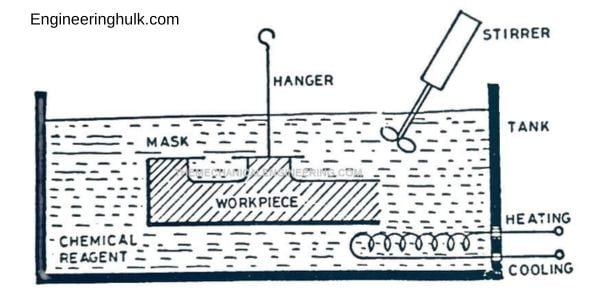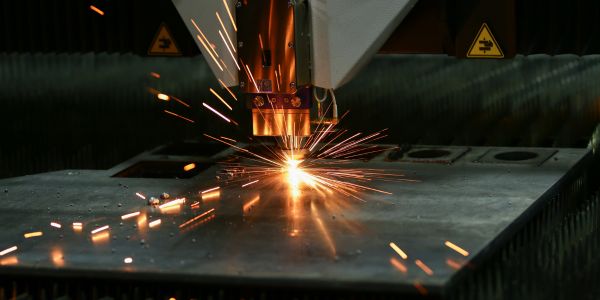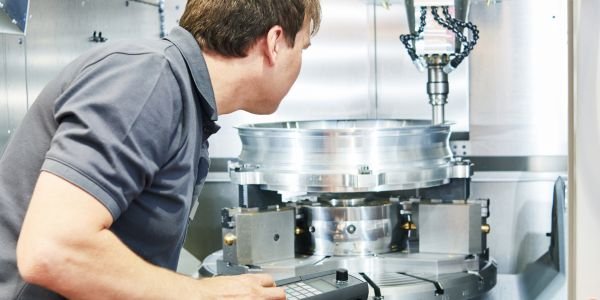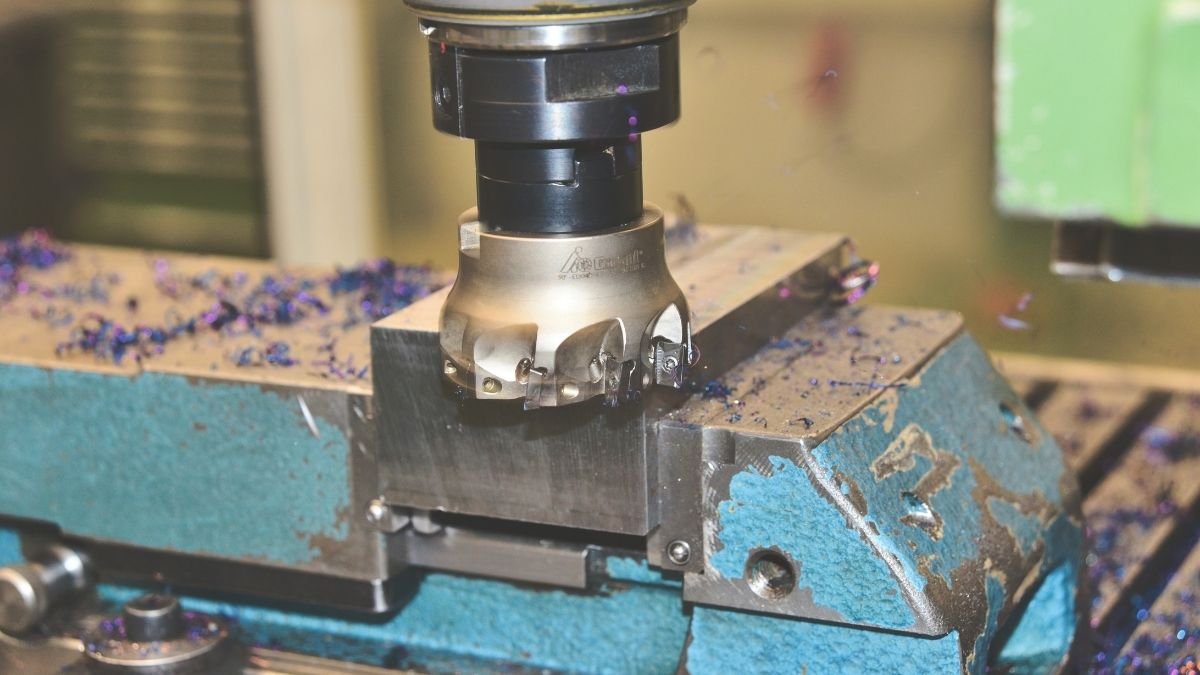Table of Contents
ISO, or the International Organization for Standardization, is a non-governmental international organization that develops and publishes standards to ensure the quality, safety, and efficiency of products, services, and systems.
These standards cover a vast range of industries, from technology and manufacturing to food safety and healthcare. But what exactly are these standards? Why are they so important? Let’s dive into the world of ISO standards.
History & Formation
The International Organization for Standardization was established in 1947 by delegates from 25 countries who met in London to discuss the future of standardization. The post-World War II era saw a need for a single coordinating body to address the varying standards across different countries. From its inception, the organization has published over 23,000 international standards, impacting virtually every sector of business and technology.

Purpose of ISO Standards
- Quality Assurance: ISO standards provide businesses with a framework to ensure quality. For instance, the ISO 9001 standard for quality management ensures that businesses consistently deliver products and services that meet customer and regulatory requirements.
- Interoperability: Especially vital for technological and industrial sectors, ISO standards ensure that products from different manufacturers can work together seamlessly.
- Safety: ISO standards ensure that products, services, and systems are safe for their intended use. This is particularly important in sectors like food, healthcare, and transportation.
- Efficiency: By streamlining processes and setting common parameters, standards help companies operate more efficiently and reduce waste.
- Innovation: Through standards, new markets can be accessed, and innovative solutions can be developed, especially in sectors like technology.
ISO Standards for manufacturing
Manufacturing is one of the bedrock of the global economy. To ensure that products are manufactured to meet specific requirements for quality, efficiency, and interoperability, the International Organization for Standardization (ISO) has developed a series of standards applicable to the manufacturing sector. These standards help organizations optimize their operations while ensuring that products meet customer and regulatory requirements.
1. ISO 9000 Series: Quality Management
The ISO 9000 series, especially ISO 9001, is the most widely recognized standard for quality management systems.
- Purpose: Ensures that organizations consistently meet customer and regulatory requirements.
- Components: The series covers various aspects of quality management, including customer focus, leadership, process approach, and continual improvement.
2. ISO 14000 Series: Environmental Management
With increasing awareness of environmental concerns, many manufacturers aim to reduce their environmental footprint. The ISO 14000 series assists in this.
- Purpose: Provides tools for companies looking to manage their environmental responsibilities.
- Components: It covers environmental labeling, life cycle analysis, and greenhouse gas accounting, among other topics.
3. ISO/TS 16949: Automotive Quality Management
Specifically designed for the automotive industry, this technical specification aligns various regional automotive standards into one globally recognized set of requirements.
- Purpose: Ensures high levels of quality and consistency across the automotive supply chain.
- Components: Emphasizes defect prevention, reduction of variation and waste in supply chains, and continuous improvement.
4. ISO 13485: Medical Devices
As the manufacturing of medical devices requires rigorous standards to ensure patient safety, ISO 13485 provides guidance.
- Purpose: Outlines requirements for quality management systems for the design, production, and distribution of medical devices.
- Components: Emphasizes risk management, regulatory compliance, and design controls.
5. ISO 45001: Occupational Health and Safety
Manufacturing environments can pose a range of hazards. ISO 45001 helps organizations mitigate these risks.
- Purpose: Provides a framework to improve employee safety, reduce workplace risks, and establish safe working conditions globally.
- Components: Identifying potential hazards, evaluating risks, and implementing controls.
6. ISO 50001: Energy Management
Manufacturing is energy-intensive. ISO 50001 supports organizations in optimizing their energy usage.
- Purpose: Helps organizations improve energy performance, cut costs, and meet environmental requirements.
- Components: Requires companies to establish an energy policy, identify significant areas of energy consumption, and target reductions.
7. ISO 22000: Food Safety Management
For those involved in the manufacture of food products, ISO 22000 is critical.
- Purpose: Establishes requirements for a food safety management system, spanning the entire food chain.
- Components: Involves interactive communication, system management, and hazard controls.
Here’s a table illustrating various ISO standards with some of their critical attributes:
| ISO Standard | Category | Purpose | Key Features/Components |
| ISO 9001 | Quality Management | Ensures organizations consistently meet customer requirements. | – Customer focus- Leadership- Continual improvement |
| ISO 14001 | Environmental Management | Assists companies in managing their environmental responsibilities. | – Environmental policy- Impact assessment- Compliance |
| ISO/TS 16949 | Automotive Quality Management | Quality and consistency in the automotive supply chain. | – Defect prevention- Supply chain efficiency |
| ISO 13485 | Medical Devices | Quality management for the design and production of medical devices. | – Risk management- Regulatory compliance |
| ISO 45001 | Occupational Health & Safety | Enhance employee safety and reduce workplace risks. | – Hazard identification- Risk assessment |
| ISO 50001 | Energy Management | Improves energy performance and reduces costs. | – Energy policy- Consumption analysis |
| ISO 22000 | Food Safety Management | Food safety management across the entire food chain. | – Interactive communication- Hazard controls |
This table provides a snapshot of several ISO standards. However, there are thousands of standards covering a vast array of topics, each with its own unique set of principles, guidelines, and best practices.

How ISO Standards are Developed
The process of developing an ISO standard is meticulous and involves several stages:
- Proposal stage: Any member body can propose a new standard. This proposal is then reviewed, and if accepted, the process moves forward.
- Preparatory stage: A working group of experts drafts the standard.
- Committee stage: The draft is shared with member bodies who review and provide feedback.
- Inquiry stage: The draft is made available to all ISO members, who then vote and comment on it.
- Approval stage: The final draft is circulated to all ISO members for a two-month vote.
- Publication stage: If the final draft is approved, it’s published as an ISO standard.
Popular ISO Standards
- ISO 9000 Series: This is a set of standards related to quality management. ISO 9001 is the most well-known of the series, focusing on requirements for a quality management system.
- ISO 14000 Series: Focuses on environmental management, helping companies minimize negative impacts on the environment.
- ISO/IEC 27000 Series: Addresses information security management systems.
- ISO 22000: Deals with food safety management.
- ISO 31000: Provides guidelines for risk management.
Benefits of ISO Certification
While ISO standards offer guidelines, companies can choose to get certified to showcase their compliance. Benefits of ISO certification include:
- Increased Marketability: In many industries, ISO certification is seen as a badge of quality and can be a significant competitive advantage.
- Improved Operational Efficiency: Implementing standards often leads to streamlined processes and reduced costs.
- Higher Customer Satisfaction: Consistent quality leads to more satisfied customers.
- Risk Management: Standards like ISO 31000 help businesses identify, manage, and mitigate risks.
- Global Recognition: ISO standards are recognized worldwide, which can aid in international trade and expansion.
Challenges of ISO Standards
While ISO standards bring numerous benefits, there are challenges too:
- Implementation Costs: Especially for small businesses, the cost of implementing standards can be high.
- Time-Consuming: The process of implementing and getting certified can be lengthy.
- Complexity: Some standards are intricate, requiring experts to interpret and implement them.
Future of ISO Standards
The world is continually evolving, and ISO standards must keep pace. Areas like artificial intelligence, blockchain, and sustainability are gaining prominence, and ISO is actively working on developing standards for these sectors.
The recent pandemic has also highlighted the need for standards in healthcare, emergency management, and remote working tools. ISO’s role in the post-pandemic world will be to ensure that businesses and societies are better prepared for any such future challenges.
ISO standards play a pivotal role in shaping industries, ensuring quality, safety, and efficiency. Whether you’re a business owner, a consumer, or a professional, these standards impact your life in various ways. Understanding their importance, the process of their development, and their implications can help individuals and businesses make informed decisions in a globally interconnected world.
Also, read ISMC full form































